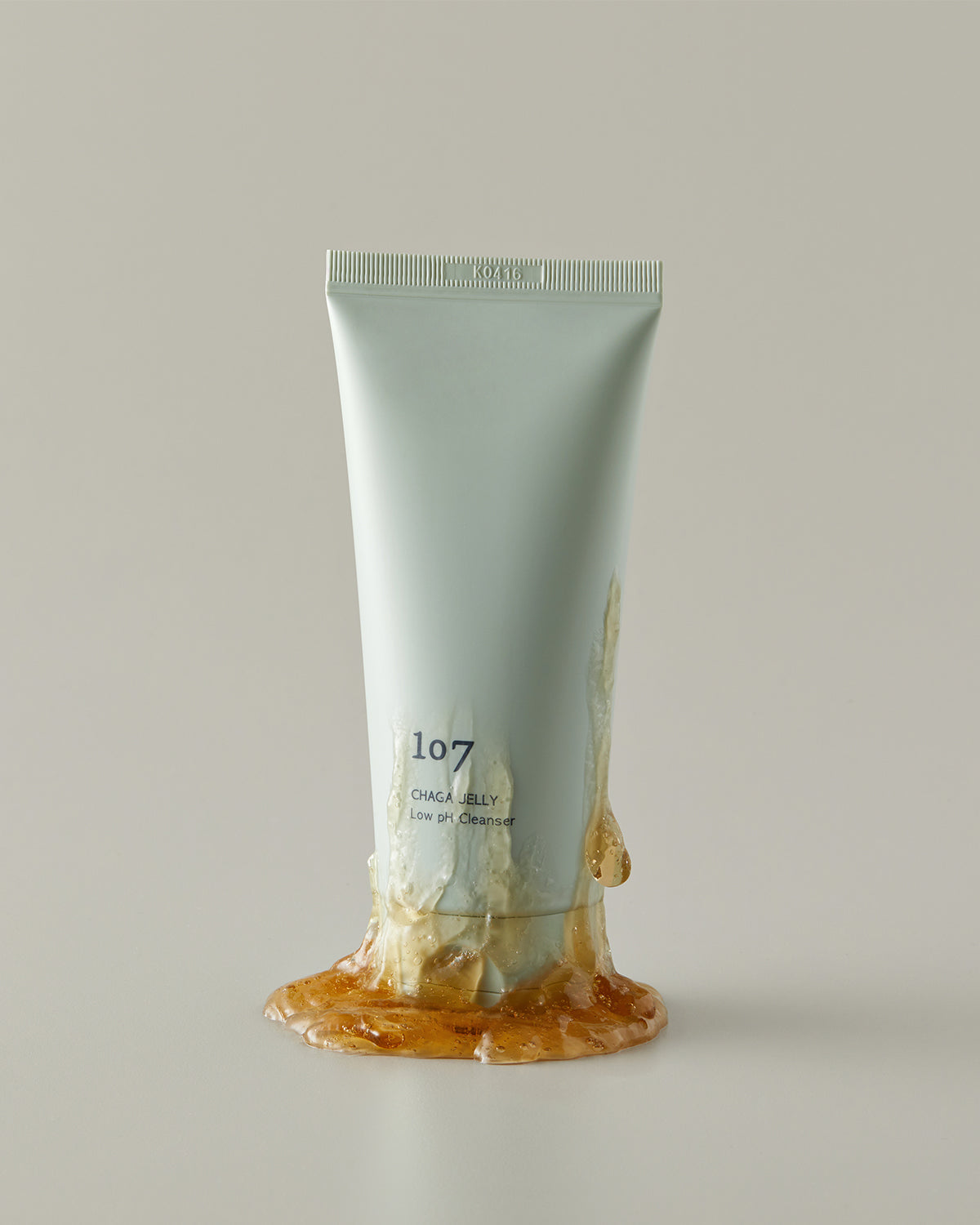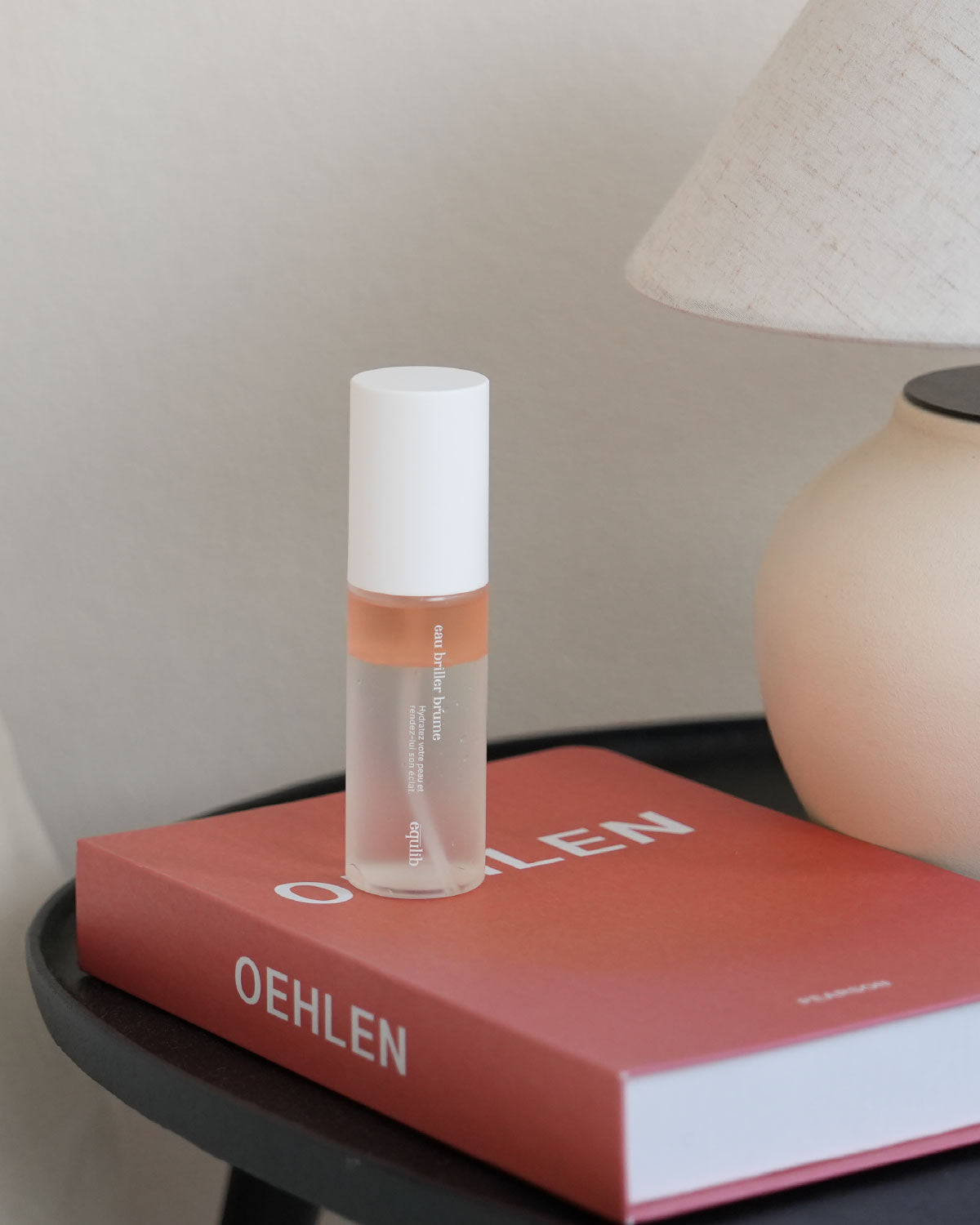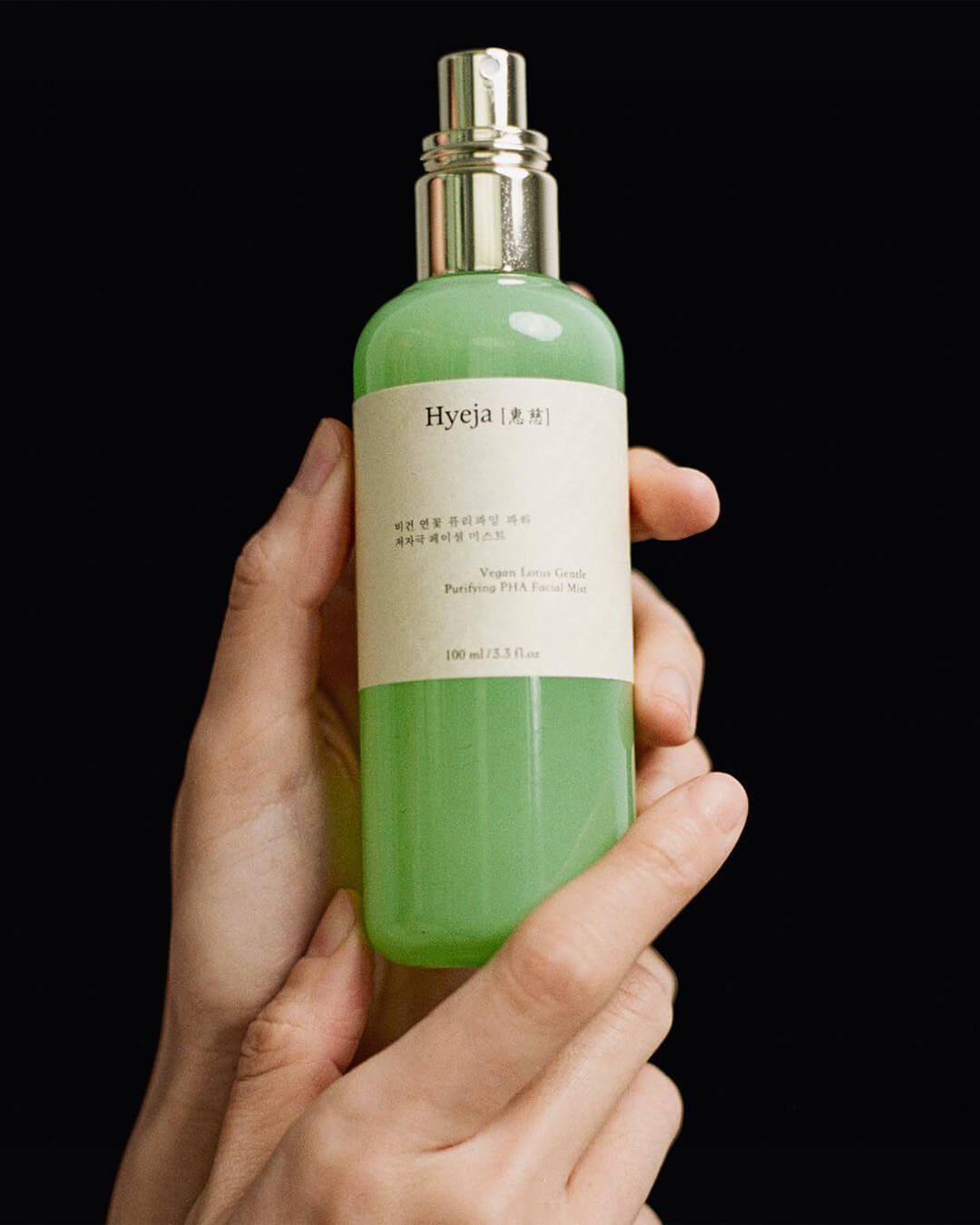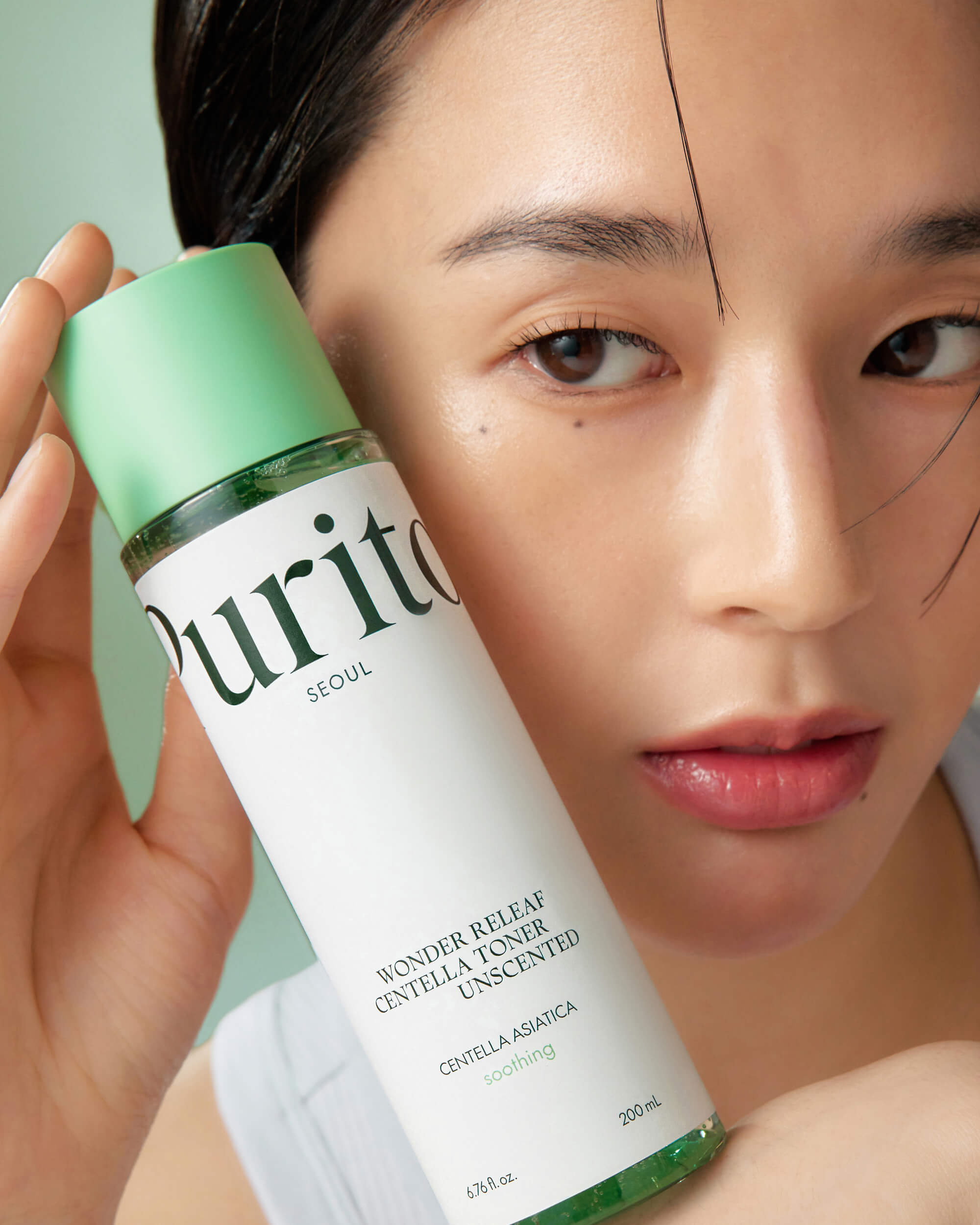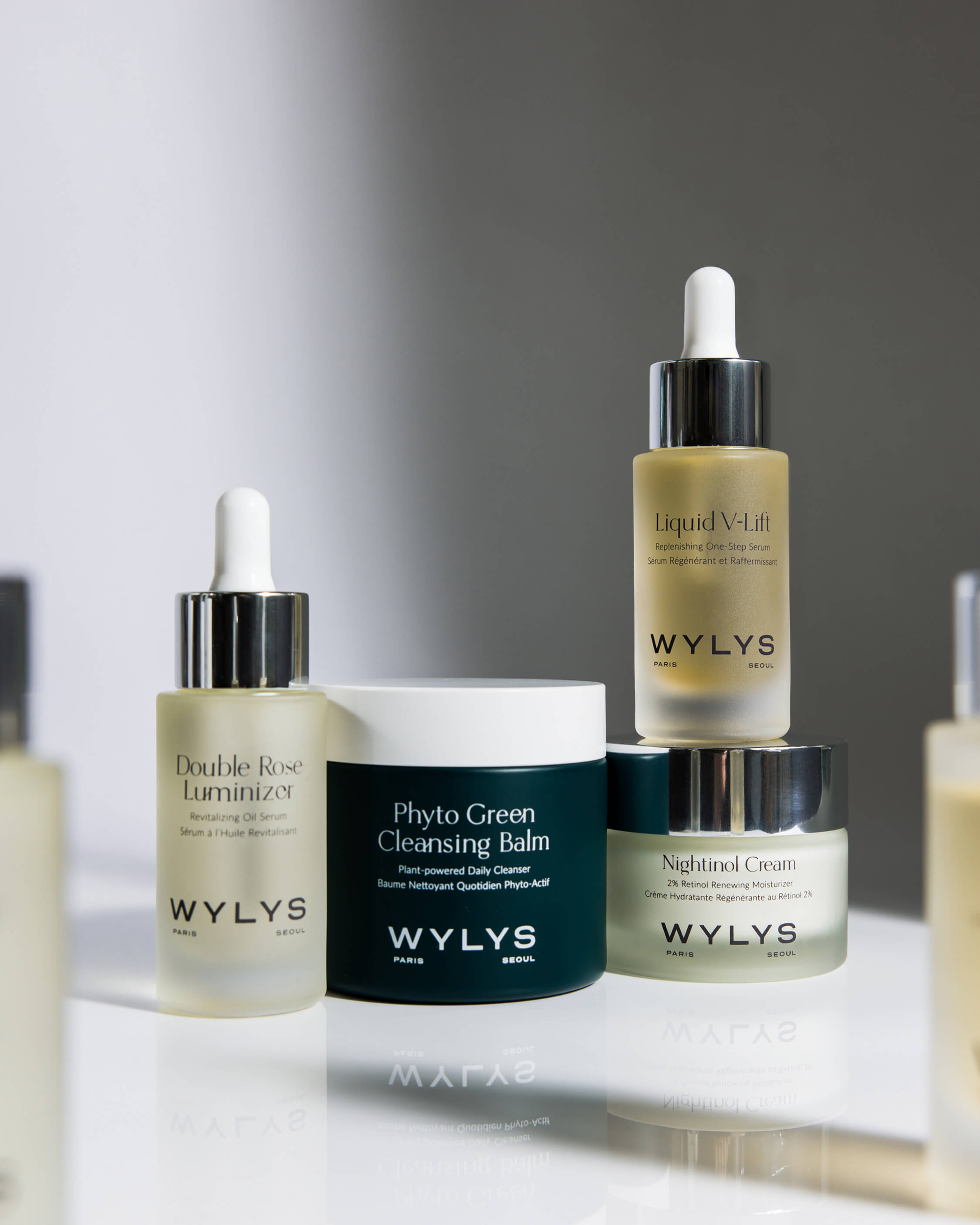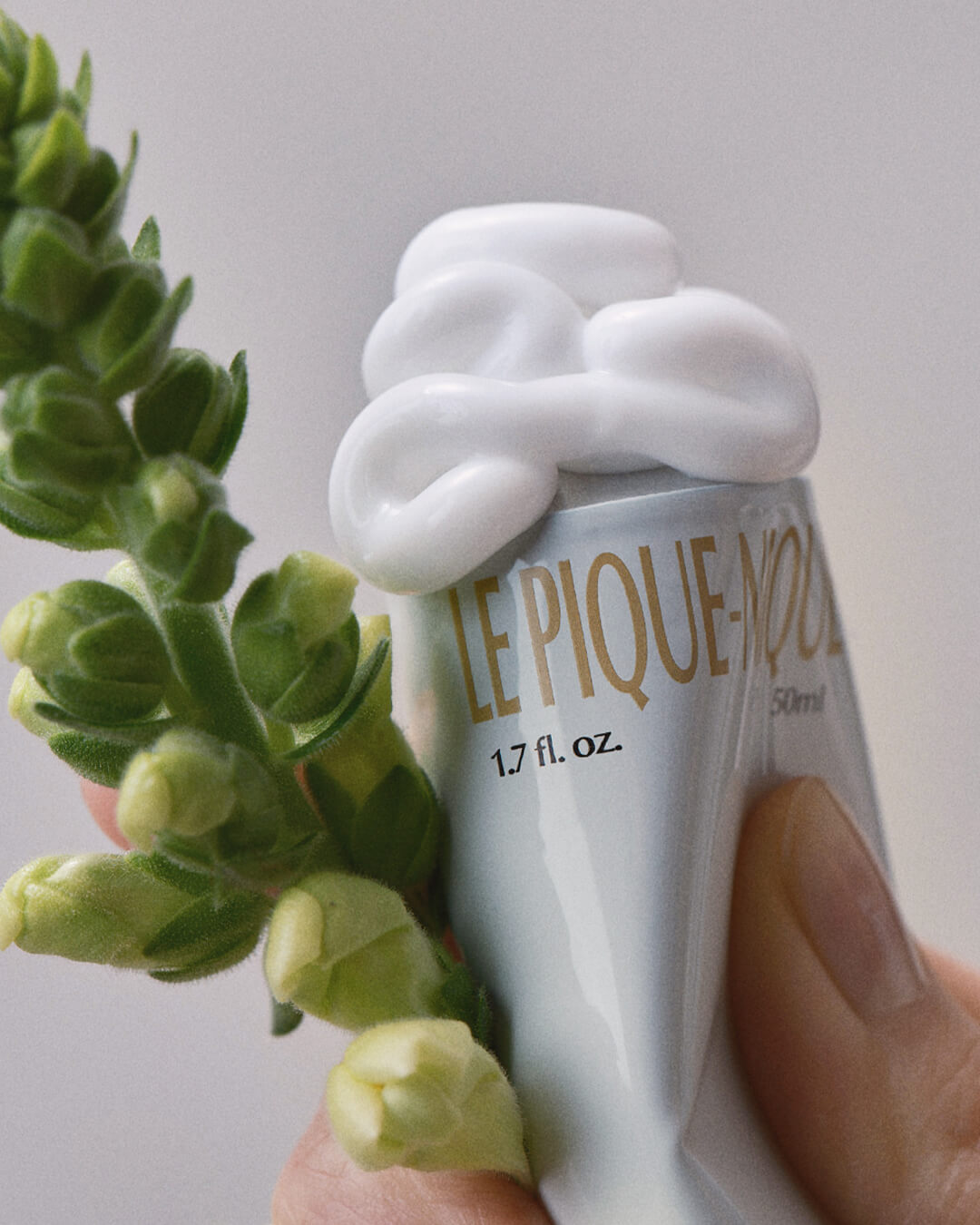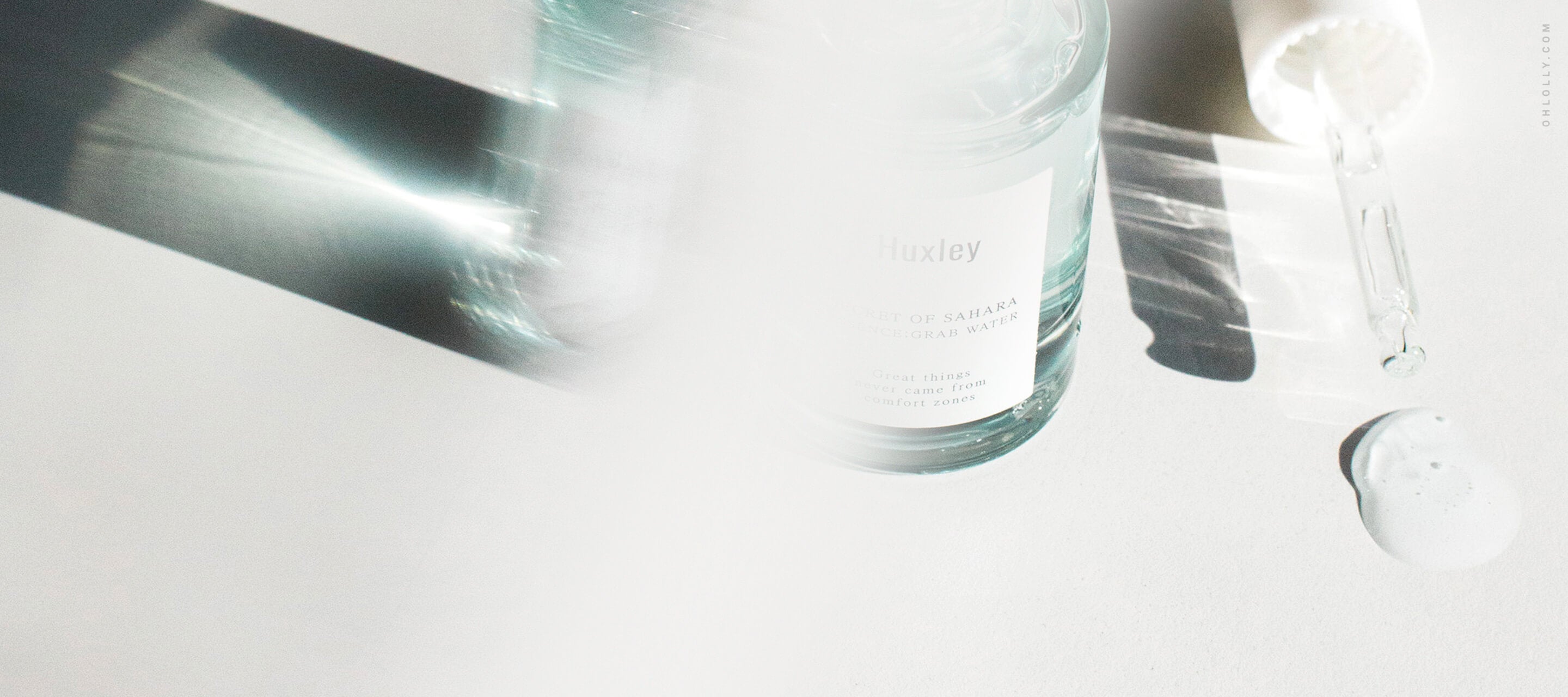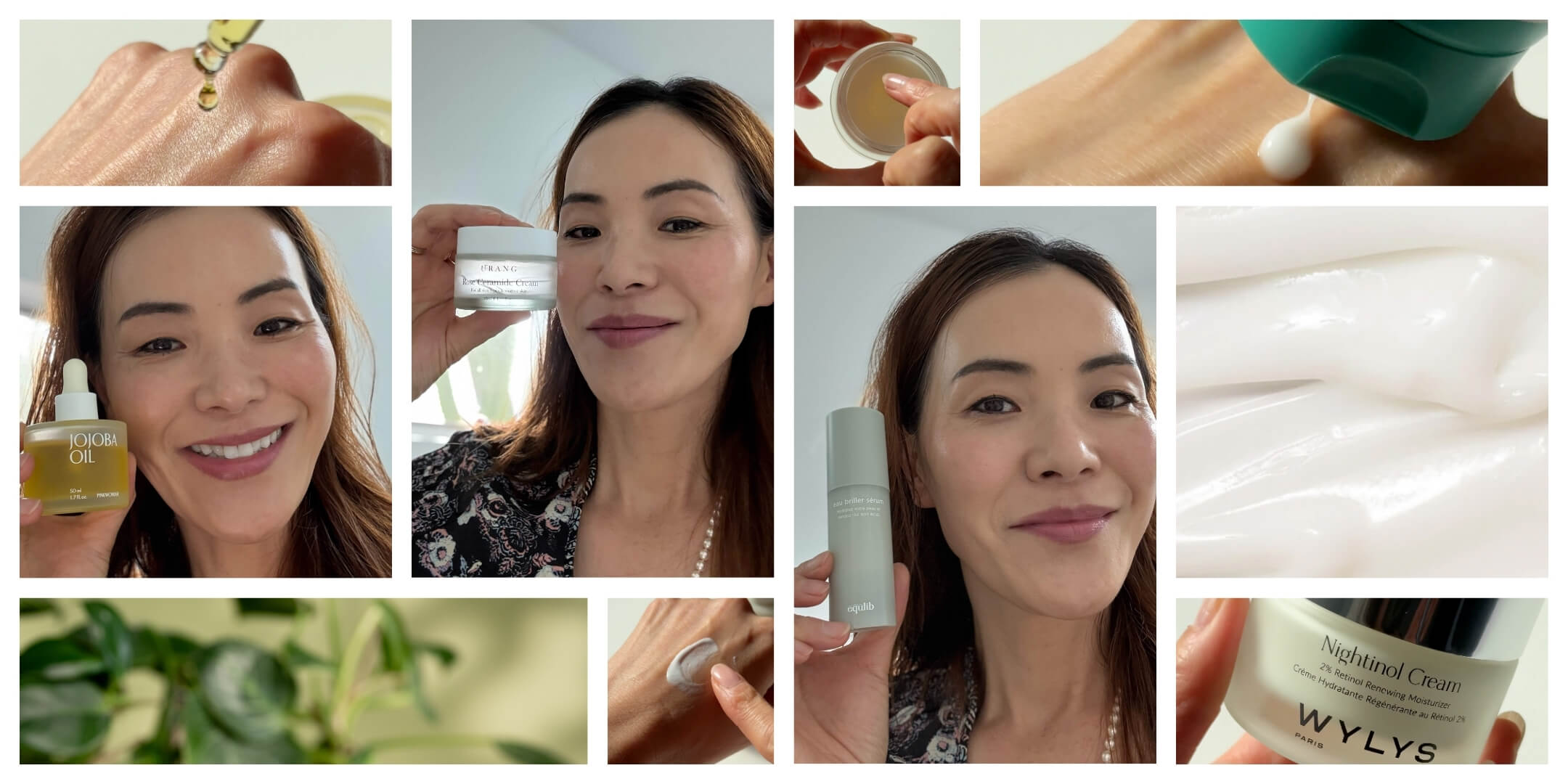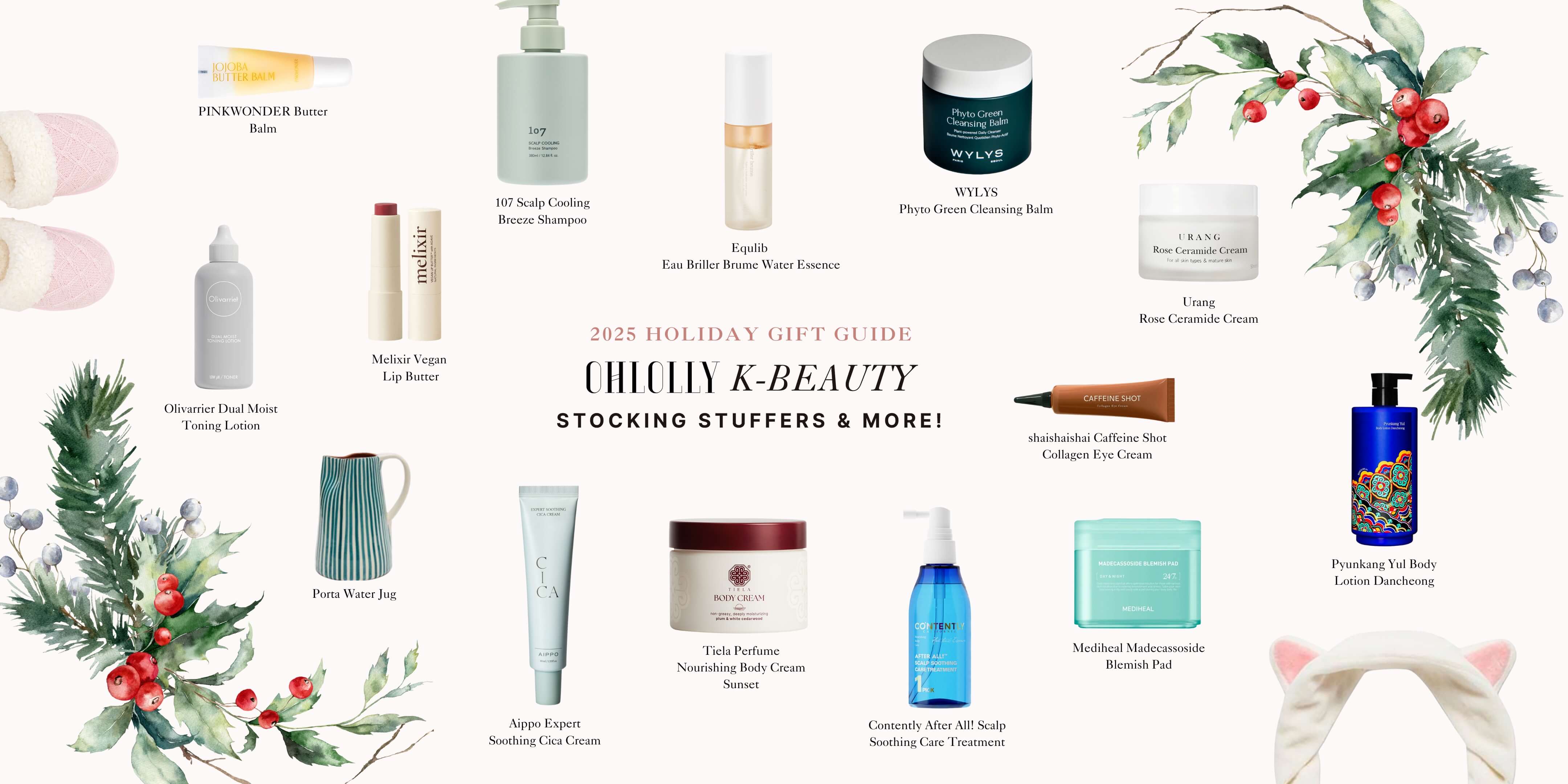Great skin isn’t bought; it’s nourished. When looking to maximize or elevate your skincare routine, there are a number of avenues you could take — and they all funnel into four main components that we like to call the “foundations” of healthy skin. K-beauty emphasizes this with its multi-step routines. There is always a specific purpose behind which products to use and when.
Whether you focus on one of these foundations, or on all of them, consider this your cheat sheet to better understand how more radiant, glowing skin can be yours. Even just a step or two at a time.
When in doubt, focus on:
Foundation #1: Exfoliation

Exfoliation can get a bad reputation as something that’s overly harsh and damaging for the skin. While there are products that can irritate and damage the skin’s moisture barrier (potent acids, walnut scrubs and other cleansers with large, rough granules), exfoliation can often yield brighter, softer skin immediately by removing dead cells that have aggregated on the skin’s surface.
When used over time, exfoliation can help keep skin looking youthful, even out the complexion and lessen the look of pores and fine lines. It also helps prevent future breakouts, since there will be less dirt, debris and sebum clogging up your pores.
Where to start: There are chemical and manual forms of exfoliation. Chemical exfoliators are usually ingredients like acids (AHAs and BHAs) that do the hard work for you. They’ll dissolve either on the surface of the skin or within pores, and can be left on the skin or washed off in the form of a cleanser or mask.
Manual exfoliators, like this one or these, will physically remove the top layer of the skin, typically through the material of its pad or applicator.
...exfoliation can often immediately yield brighter, softer skin by removing dead or dry cells that have aggregated on the skin’s surface.
Foundation #2: Hydration

The hallmark of healthy skin is always hydration. It’s what makes the skin appear supple and taught, bouncy and radiant. It’s also a lack of hydration that will typically be the first indicator of distress —skin that feels tight, flaky, or may even look red and irritated.
It’s a common misconception that if your skin is prone to oiliness or breakouts, then you don’t need to moisturize. It’s just about finding the right kind of moisturizer. That could be in the form of something heavier, like formulations with ceramides and peptides, or something with a lighter, gel-like consistency, possibly using hyaluronic acid or propolis. The skin’s job is to keep the right balance of hydration within its layers and prevent irritants outside of it, and staying properly moisturized is a vital component of its long-term health.
Where to start: Toners are an excellent way to sneak in extra hydration without risking a greasy feeling. This isn’t a step to skip. In fact, it’s often one of the easiest ways to notice a change in the skin’s appearance. Patting in two to three applications of a toner after you cleanse will often yield immediate results in getting that coveted “glass skin” look.
Toners can also restore the skin’s pH levels post-cleansing, which helps the overall health of the skin barrier and prevents future moisture loss or noticeable fine lines from forming (aka, a loss of elasticity). Lastly, toners help prep the skin so that anything applied afterward is more readily absorbed and penetrates even deeper within the skin.
Foundation #3: Treatment

Beyond helping the skin do what it should, treatments help repair any obvious damage the skin currently has. Treatments are targeted applications for specific skin issues such as breakouts, hyperpigmentation, dehydration, or irritation. They can be used either short-term or long-term, all over the face or just in needed areas. Most treatments will highlight one key ingredient that makes a product really stand out for treating the problem you want to address.
Where to start: There’s truly a treatment for any skin ailment you could have, which can make it an overwhelming arena to step into when trying to treat multiple issues all at once. We advise starting with one treatment at a time and focusing on the primary issue that’s giving your skin trouble. That might look like treating active breakouts before worrying about fine lines, or helping to strengthen the skin barrier and then dealing with hyperpigmentation.
If still confused, sheet masks can be a useful way to try out treatments. Getting a few that specialize in different concerns can aid in seeing where your skin is quick to respond. If you notice a difference in how your skin looks and feels after using a sheet mask that soothes irritation, for example, then you know to select a product with a star ingredient that emphasizes brightening the complexion.
We advise starting with one treatment at a time and focusing on the primary issue that’s giving your skin trouble.
Foundation #4: Regeneration

At the foundation of each of these “foundations” is the idea that products should support the ability for skin to heal and repair itself. As one of the fastest healing — and hardest working — organs, the skin is constantly shedding and regenerating. You won’t have healthy skin if it fails in this regard.
Where to start: Products that emphasize collagen production, protein synthesis, cellular repair, and strengthening are some of our favorites to recommend because they’ll always be helpful to the skin, no matter its condition. This includes products with known ingredients like Vitamin C, beta glucan and ceramides, which are scientifically-proven to stimulate the above.
Any skin “issue” is ultimately a weakening in the skin’s ability to quickly respond to its environment, so anytime you can give it a hand in the right direction, your complexion will reap the reward.
Need help fine-tuning your personal skincare routine? Just send an email to hello@ohlolly.com and we'll take care of you.


